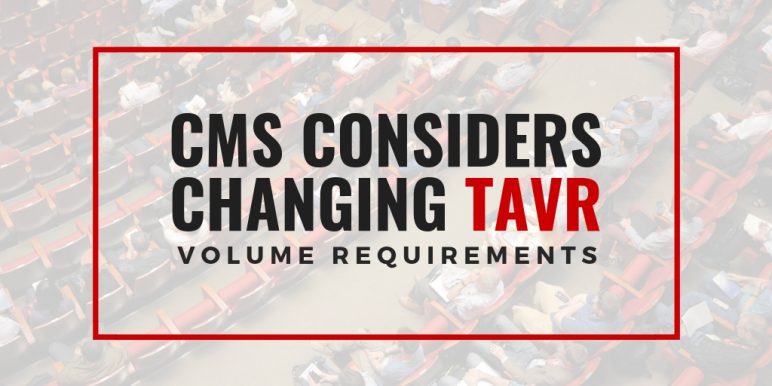All members should participate in new mentor matching service!
The Alliance of Cardiovascular Professionals is excited to announce a new service ahead of 2019—a new mentor matching program for members. Mentor matching will provide ACVP members a unique opportunity to enrich their personal and professional lives, get to know their fellow ACVP members, and get the most out of the ACVP community.
Members, get started with our mentor match program, now.
Mentor a fellow cardiovascular technologist, registered nurse or radiologic technologist in cardiovascular care. Build your personal and professional network, or advance your expertise or career with guidance and insight from like-minded professionals.
All members should participate—as a mentor, mentee, or both!
Continue reading ACVP Launches Mentor Matching Service for Members




